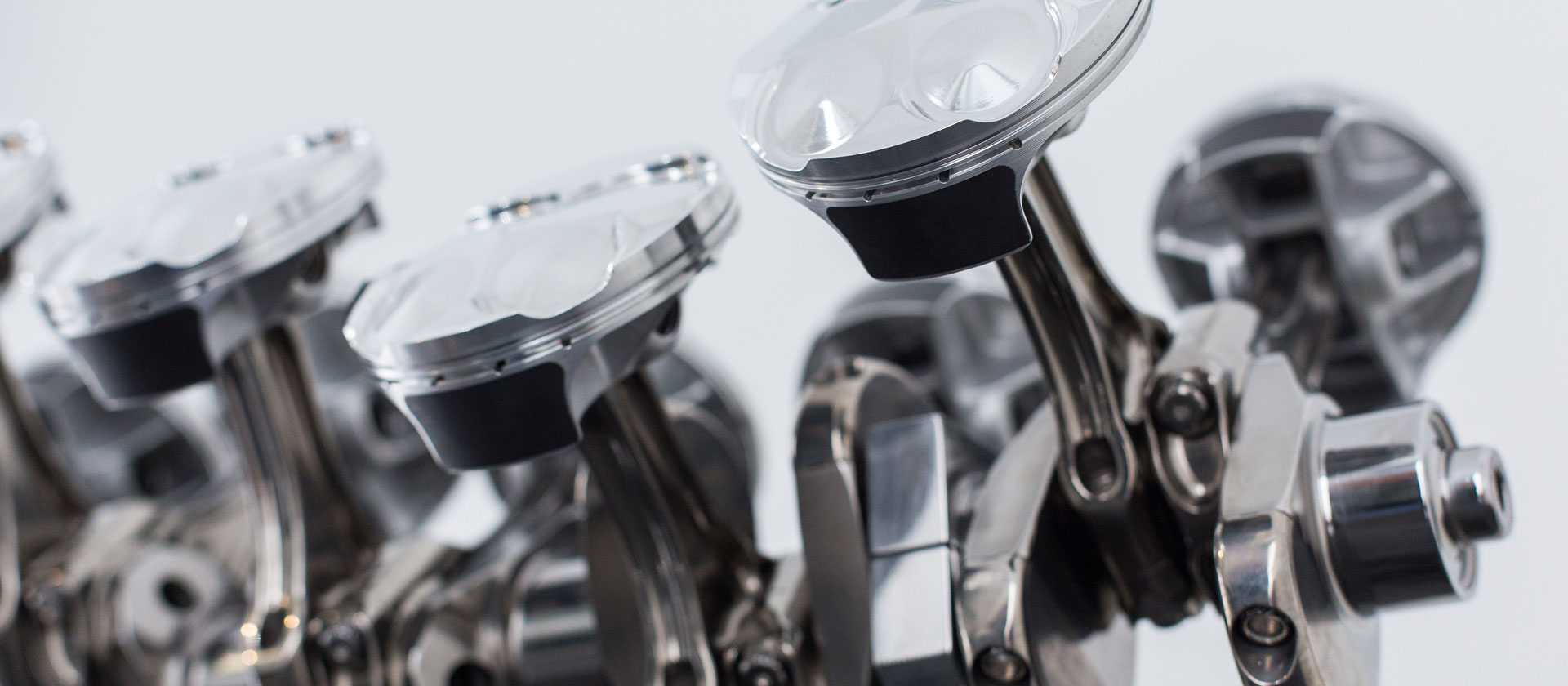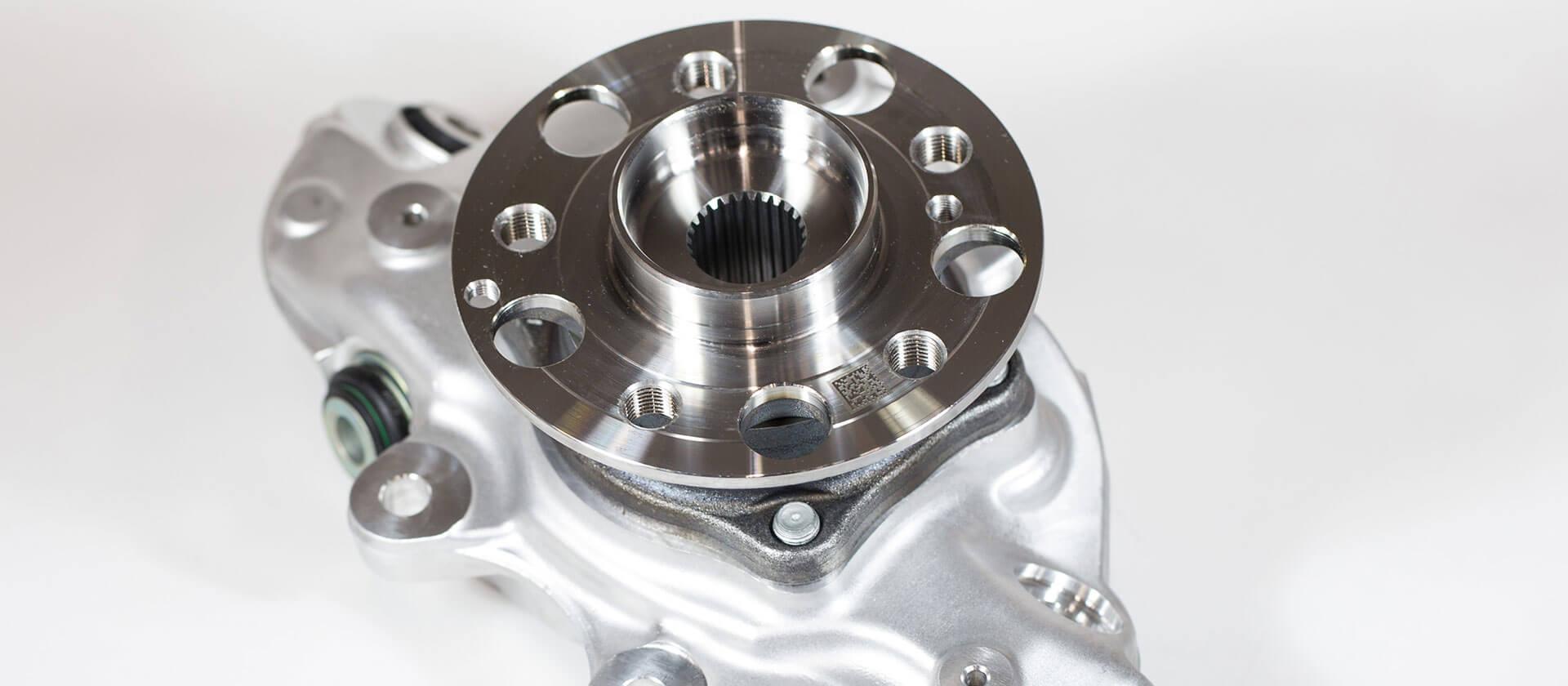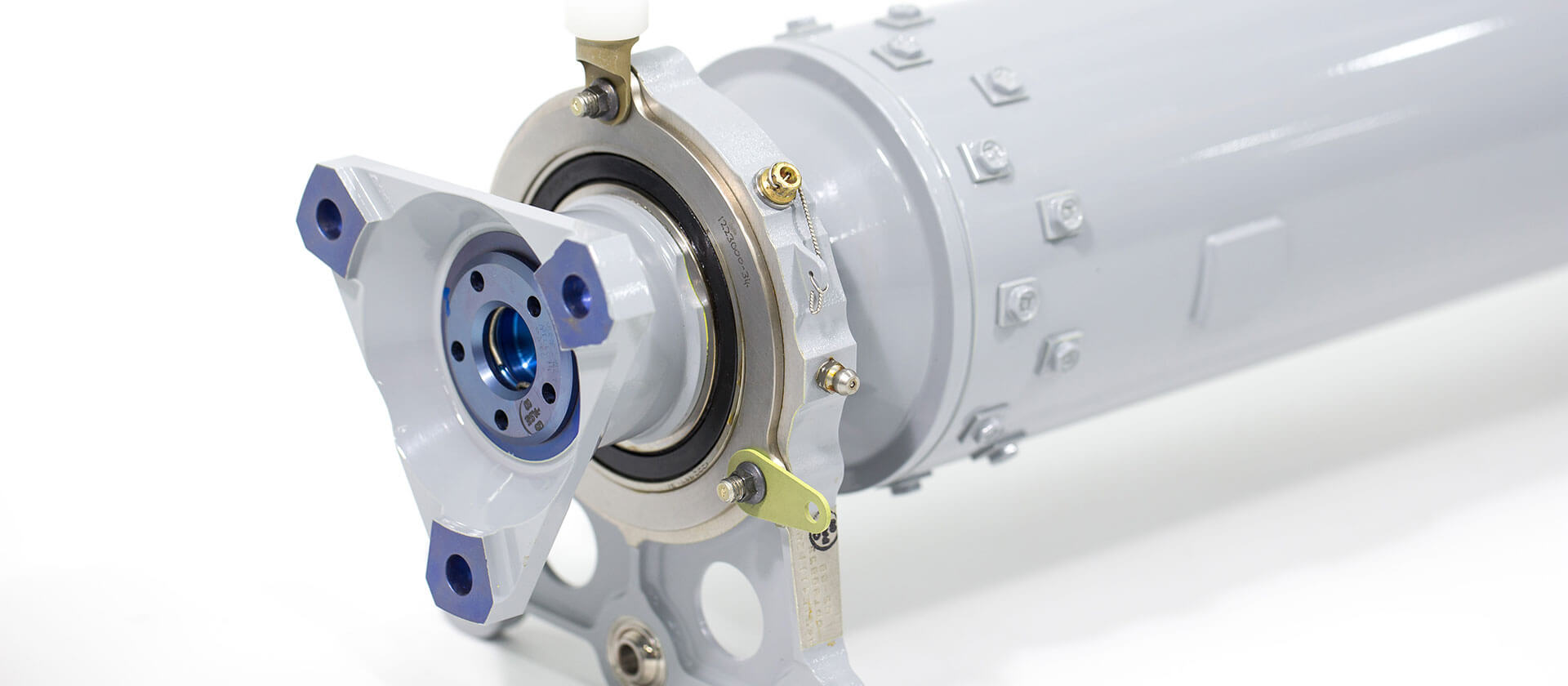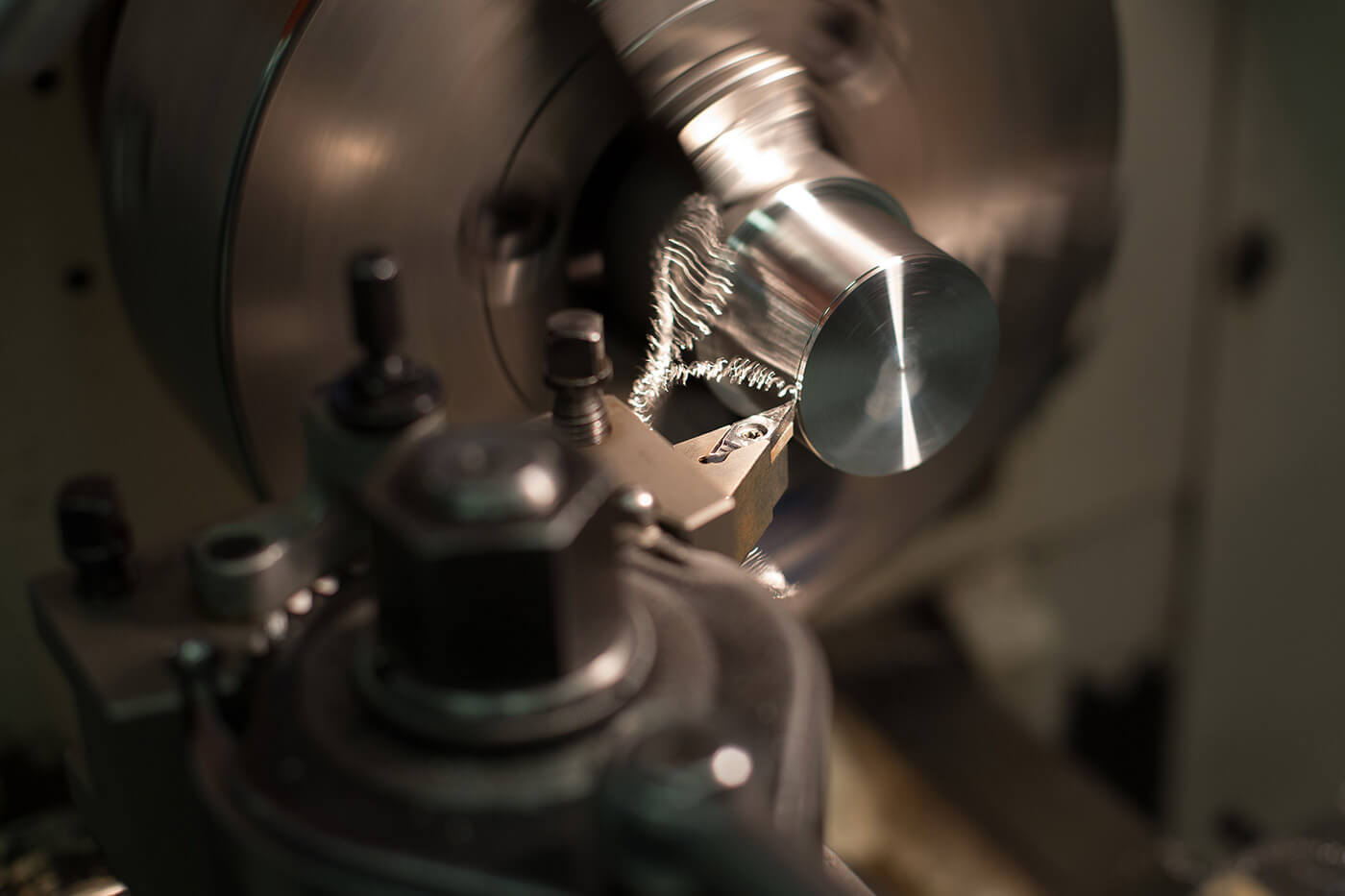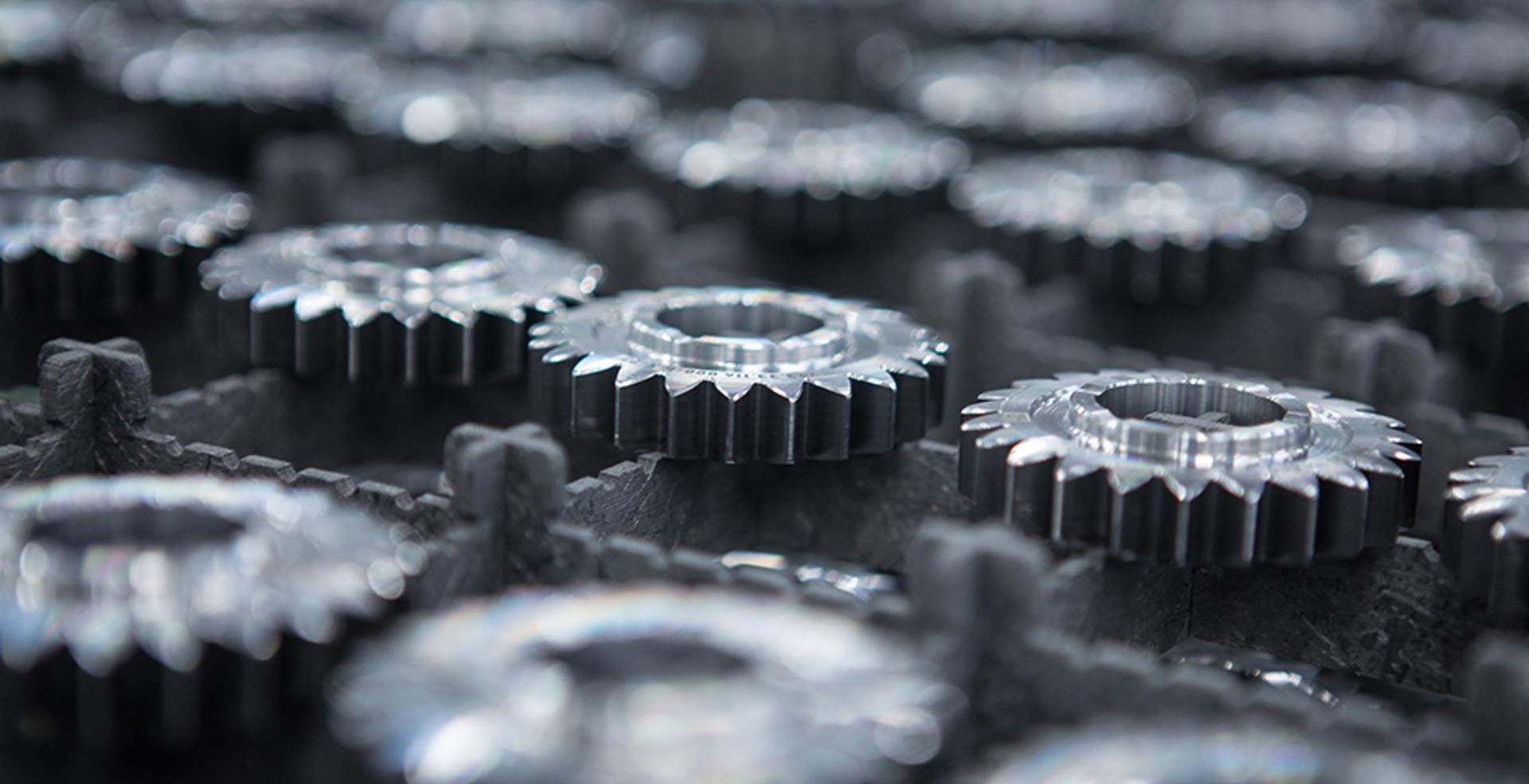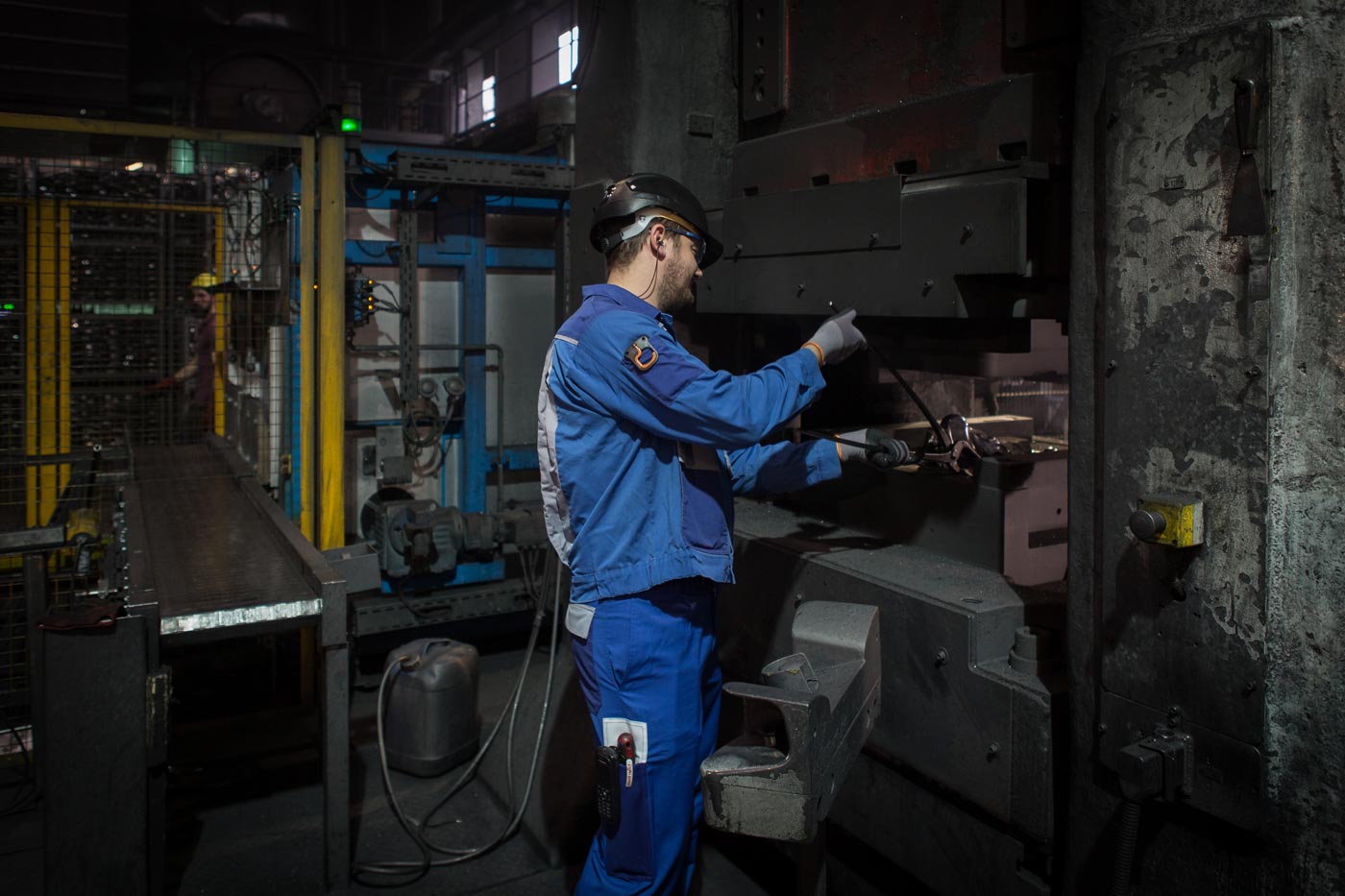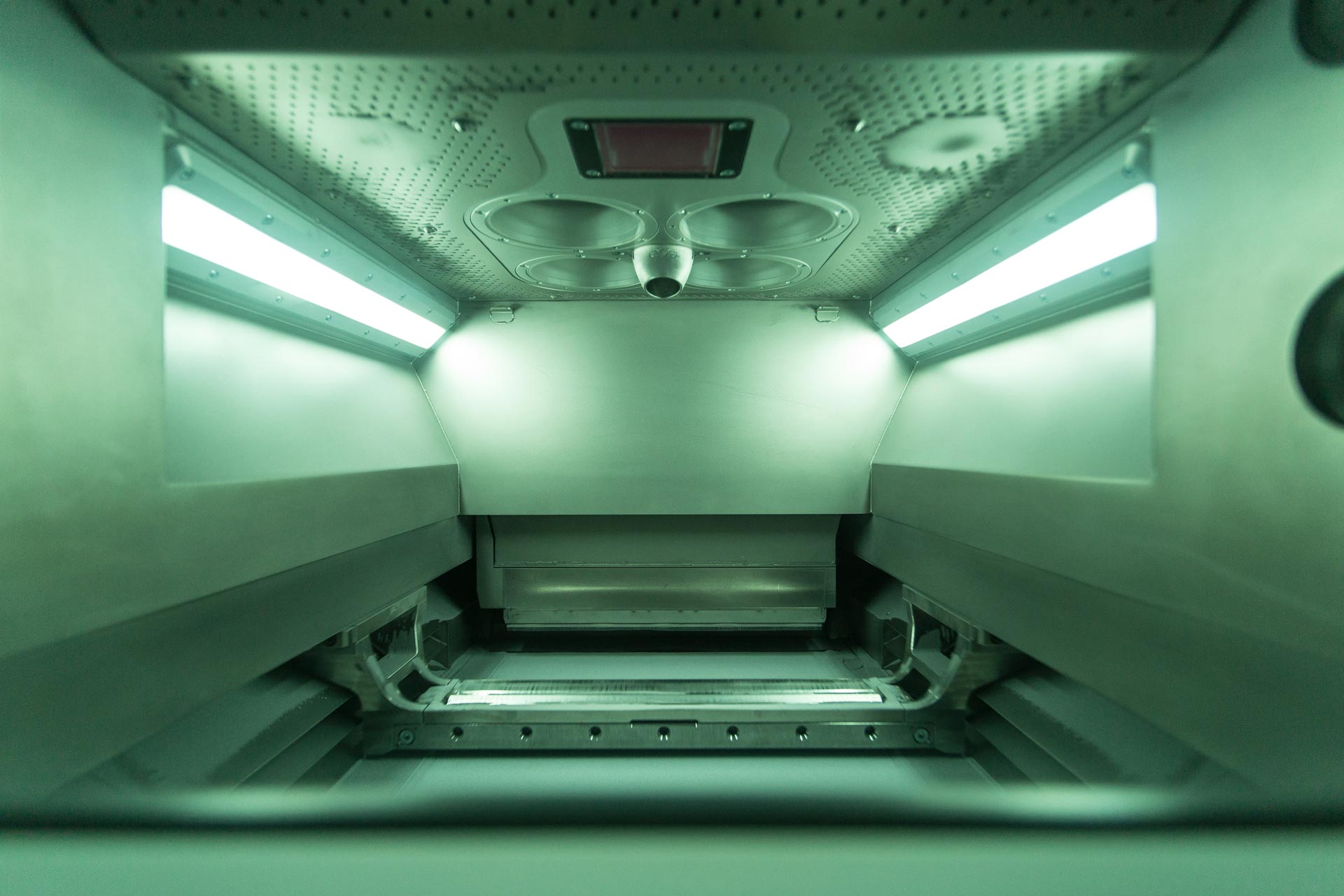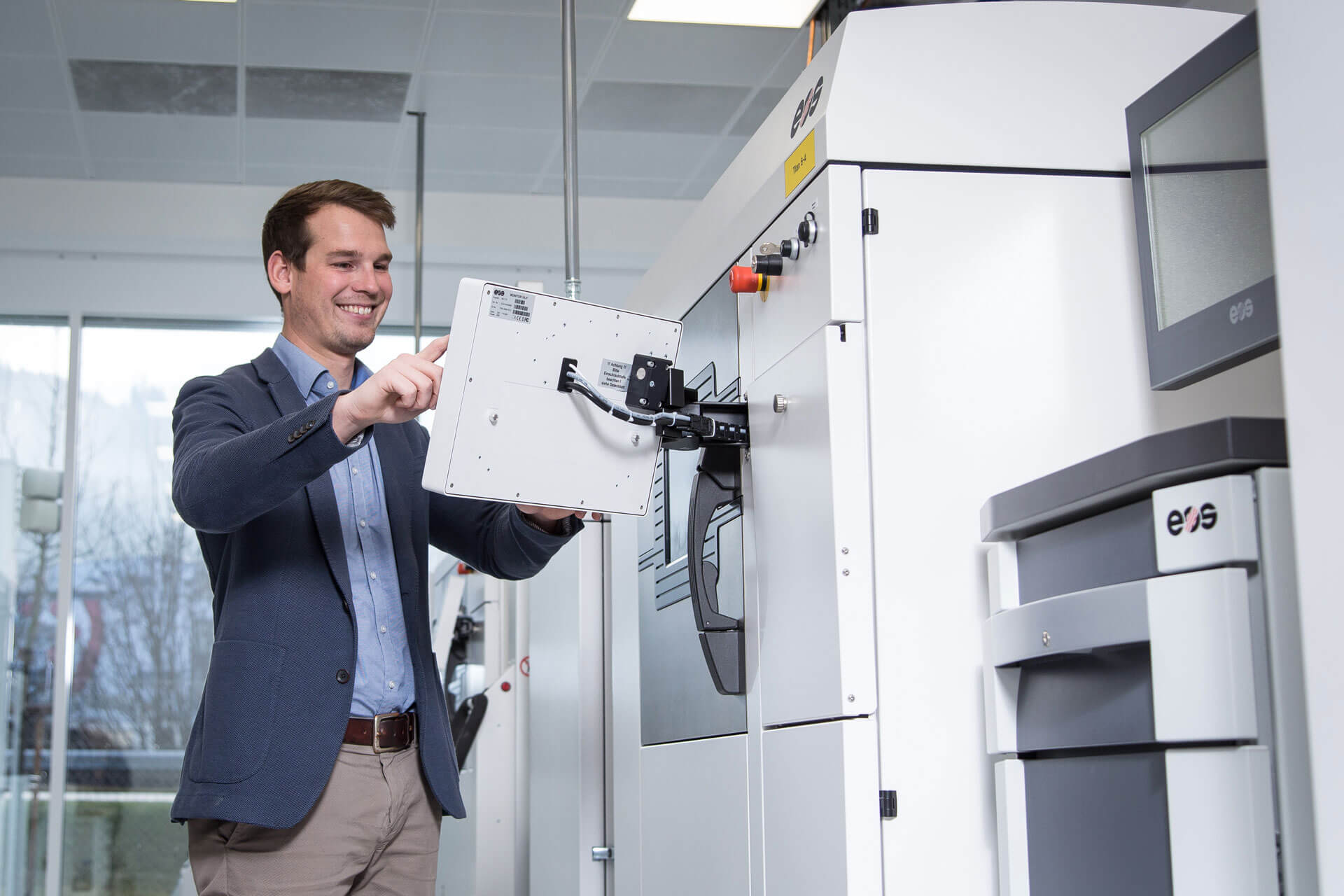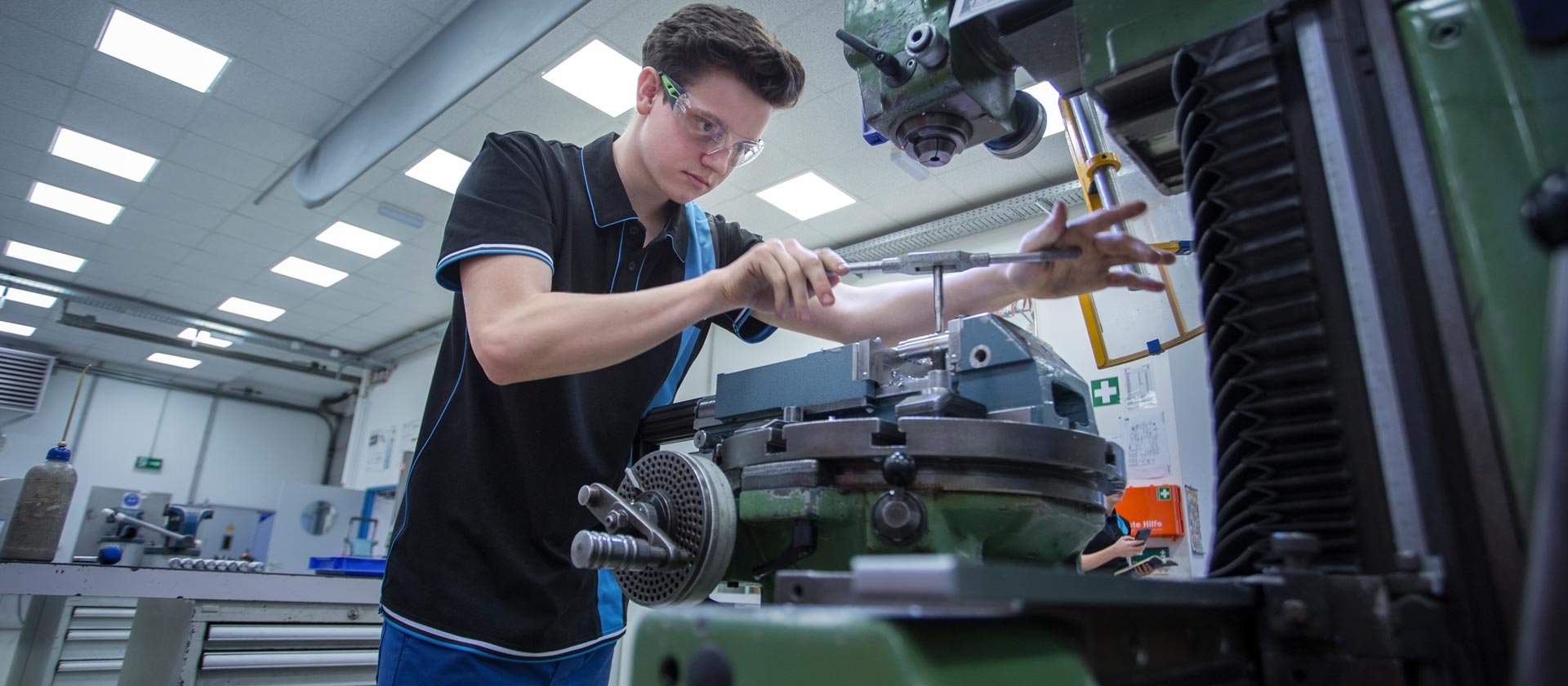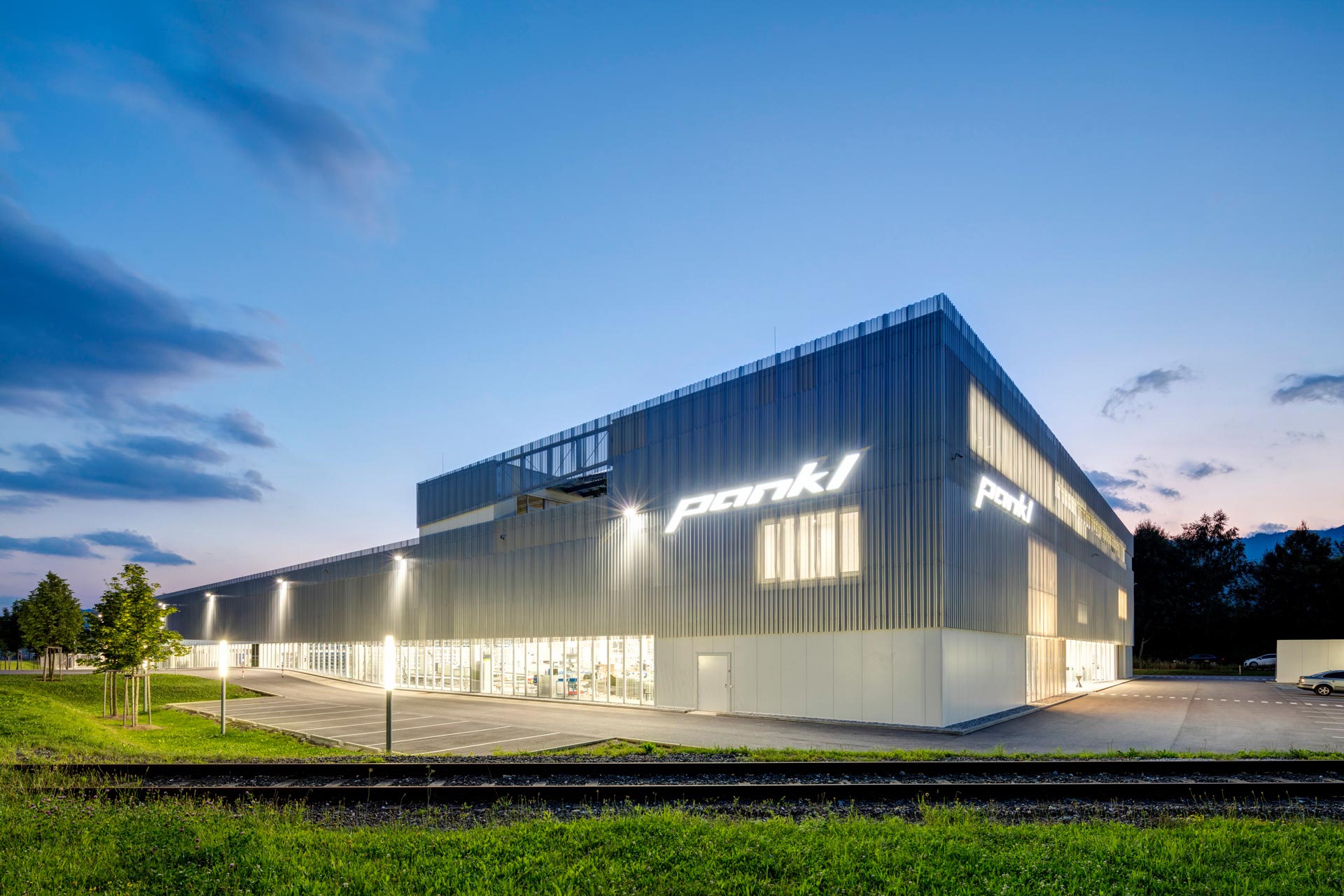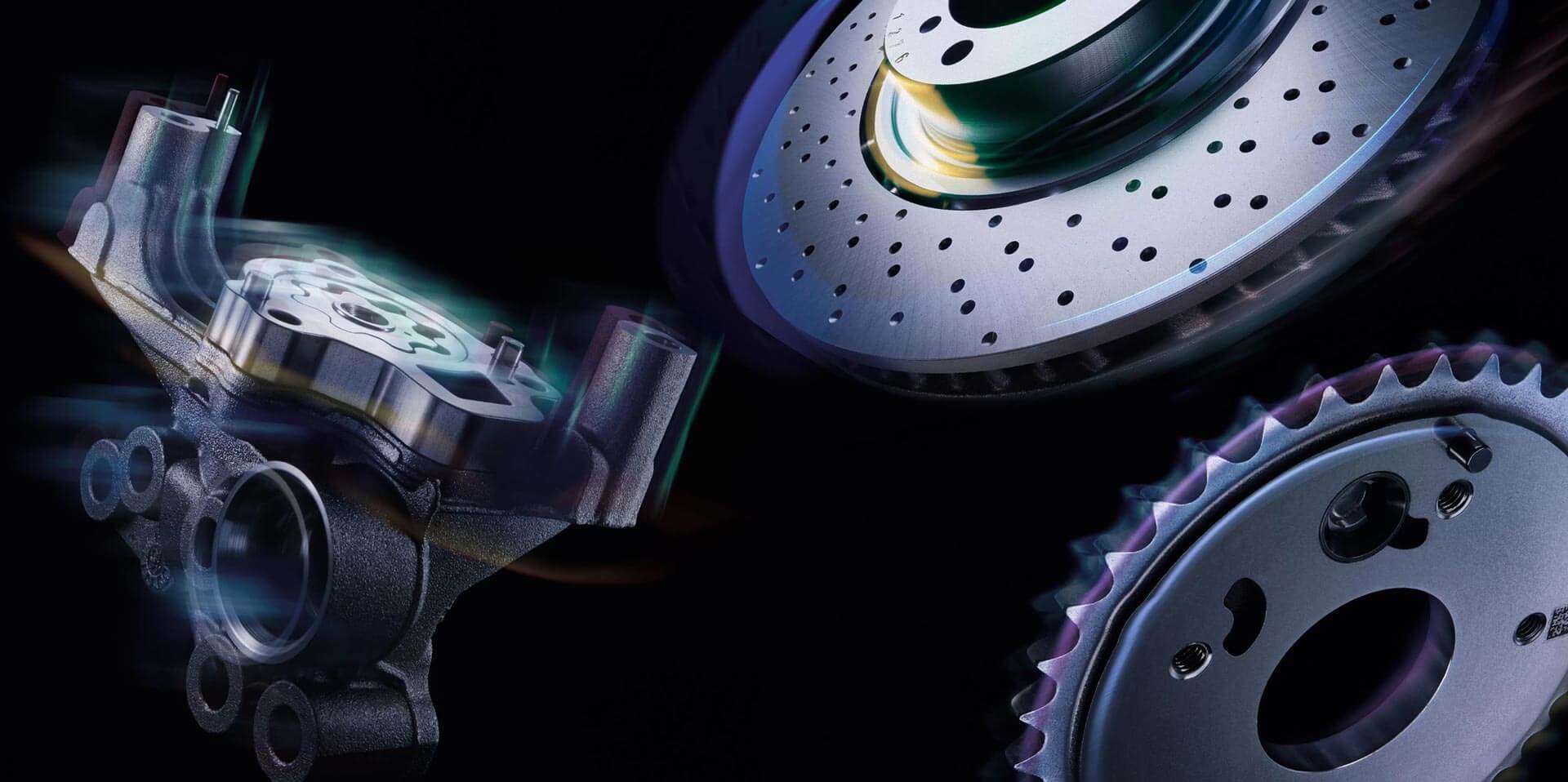We are in the middle of the Formula One season and most of us have already watched the latest season of “Drive to survive”. But what many fans don’t know is that additive manufacturing has made its way into the premier league of motorsports. Unthinkable ten years ago, it is now a standard manufacturing method at the world’s most famous racetracks.
Additive Manufacturing in formula one
Additive manufacturing has taken some time to establish itself in high-performance motorsport. The COVID-pandemic, regulation freezes or cost caps initially slowed down progress. Motorsports demands the highest quality standards. There are no races, where vehicles do not finish a race due to a material or vehicle failure. The development of additive manufacturing has made a decisive contribution to meeting these standards.
Over the years, Pankl has invested in expanding research and development, particularly in the field of lightweight construction. Today, additive manufactured components are used in many areas of Formula One. In the field of aerodynamics, wing designs are a preferred solution, as they can be quickly modified and adapted to the latest developments. However, hydraulic components and engine parts also benefit from the technology, particularly through weight savings and optimized flow properties.
For safety reasons: the roll hoop
One very important additive manufactured component is the roll hoop of a Formula 1 car. This safety-critical part sits above the driver, at the highest point of the vehicle, and performs two essential tasks. Firstly, it defines the air intake for the engine. First: It defines the air intake for the engine. And second: it protects te driver in an accident, especially when the car turns upside down. The decisive factor for the protective effect is that the driver’s helmet always remains below a defined safety line. Its an imaginary connection between the front halo attachment and a defined point at the rear of the vehicle.
Thanks to this manufacturing technique, roll bars can be produced with complex structures, maximum stability and minimum weight. The use of carbon structures and titanium components ensures an ideal combination of strength and lightweight construction. In addition, 3D printing enables rapid adaptation to new design requirements and aerodynamic optimizations.
Additive manufacturing: key technology of the future?
Pankl has been working with additive manufacturing for more than ten years. “We see this technology as forward-looking, but not as a replacement for conventional manufacturing methods, but as a supplement to them. Our strategy is to use additive manufacturing specifically where it brings the greatest benefit,” says Stefan Seidel, CTO Pankl Racing Systems AG.
A decisive factor for the success of this technology lies in consistent quality assurance. Pankl works closely with partners such as EOS and voestalpine Böhler Edelstahl to develop new powders and optimize their quality, consistency and properties. Years ago, the company also invested in Hot Isostatic Pressing (HIP), a technology that significantly improves the fatigue properties of components and thus ensures even greater safety. “Thanks to our closed value chain – from powder development to production and final inspection – we are able to bring additive manufacturing to new applications and raise the performance of racing components to a new level,” says Seidel.


